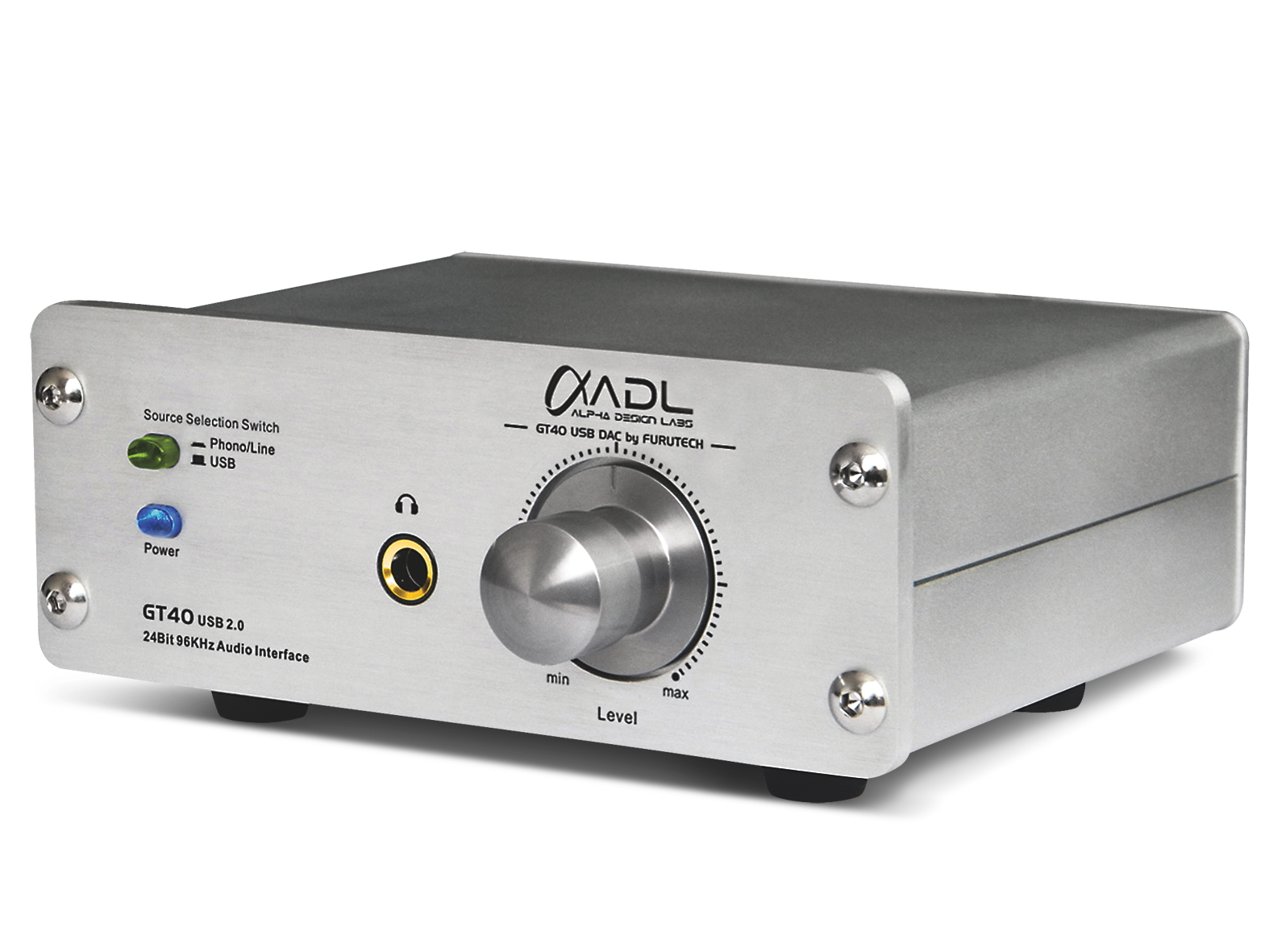TechRadar Verdict
The perfect 'missing link' between analogue and the home computer
Pros
- +
Hi-res compatible
- +
Good, lively sound and a particularly fine bass
Cons
- -
MC input is a little noisy
- -
Some slight colouration in DAC mode
Why you can trust TechRadar
The Furutech GT40 DAC is something a bit different. Have a close look at the front panel and you'll see mention of 'phono'. That's right, this DAC is also an ADC and a phono stage.
Even as a DAC, it's still something of a rarity in offering 24-bit/96kHz support. But, at least, we can expect to see more of this, as the chipsets become available.
The headphone socket and volume control (which also affects the line outputs, by the way) are nice additions. But including an analogue-to-digital converter is a much less common step. It makes a good deal of sense, given that USB is intrinsically a bi-directional interface and plenty of folks will have analogue recordings they may want to digitise for longevity and ease of access.
Computer-handy
But including a phono stage is a touch of genius. All one needs to do is to plug in a record deck (moving magnet and moving coil cartridges are supported, selection between those and line level input being via a tiny switch at the rear), connect the GT40 to a handy computer, make at most a couple of minor adjustments to the computer settings and you're off – recording with whatever software one favours at a full 96kHz.
We took a little while to latch on to how best to use the GT40, and the instructions could be more helpful.
There's no analogue adjustment of input level, but the sensitivity and headroom seem well judged (headroom is quoted plain wrongly in the instructions) and using the computer's input level control can optimise things. The phono inputs will handle pretty much any cartridge and the line input is good for at least 3V input.
You do need to check level on the recording software's display, though: monitoring via the GT40's analogue outputs suggests there is overload long before it actually happens at the record stage. This also means you can't really use the GT40 as a phono preamp for your line-only integrated.
Digital filter
Judged as a DAC, the GT40 struck us as good but not, perhaps, great. At either 44 or 96kHz sampling rate, it gives a basically clean sound with decent detail, but we've heard more precise imaging and also a more neutral balance. The upper bass seems a little more present than it ought to be.
Still, timing is good and the sound is always enjoyable. High treble is a touch cleaner with 96kHz recordings and we wonder how much of this is due to the use of a very slow roll-off digital filter, when the sampling rate is 44kHz.
Good detail
As an ADC, performance is broadly similar, though it's harder to compare things to the status quo, because we are really looking at a field of one.
Line level inputs are captured well (again with good detail) and we felt that imaging is, if anything, a little better than on the replay side. Deep bass is excellent, a touch better in our opinion than that of the semi-pro (Firewire) ADC we used for comparison and the treble is nicely open and clear.
On the phono
The phono stage is very good with moving magnet cartridges: with moving coil models it struggles a little on the noise front and, as with many integrated amp phono stages, we'd tend to recommend using an external step-up of some sort.
But MMs give clear sound with plenty of excitement and attack and an admirable lack of fuss and bother, especially with slightly worn records.
Overall, we feel this is a very successful device and excellent value.It gives hi-res replay for an already decent price, with the recording and phono abilities thrown in for mere pence. Nice one!
